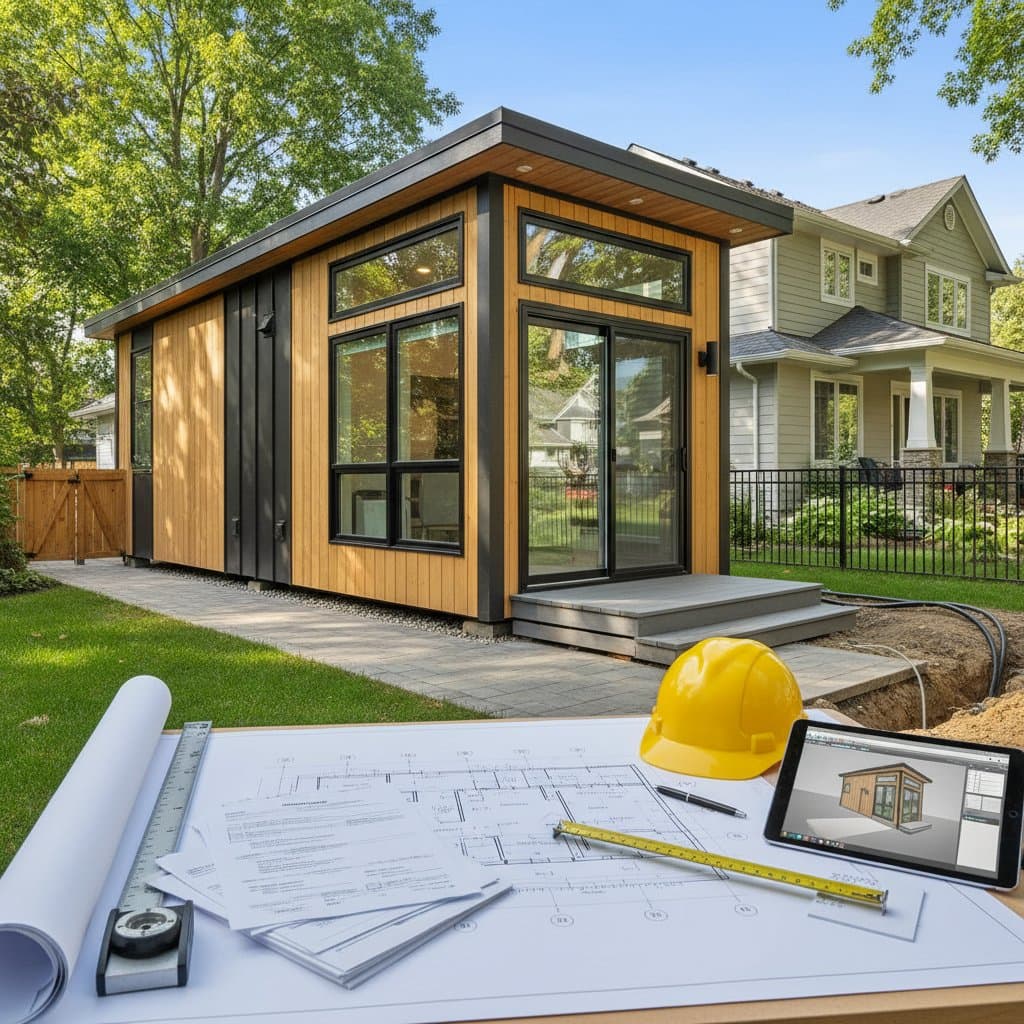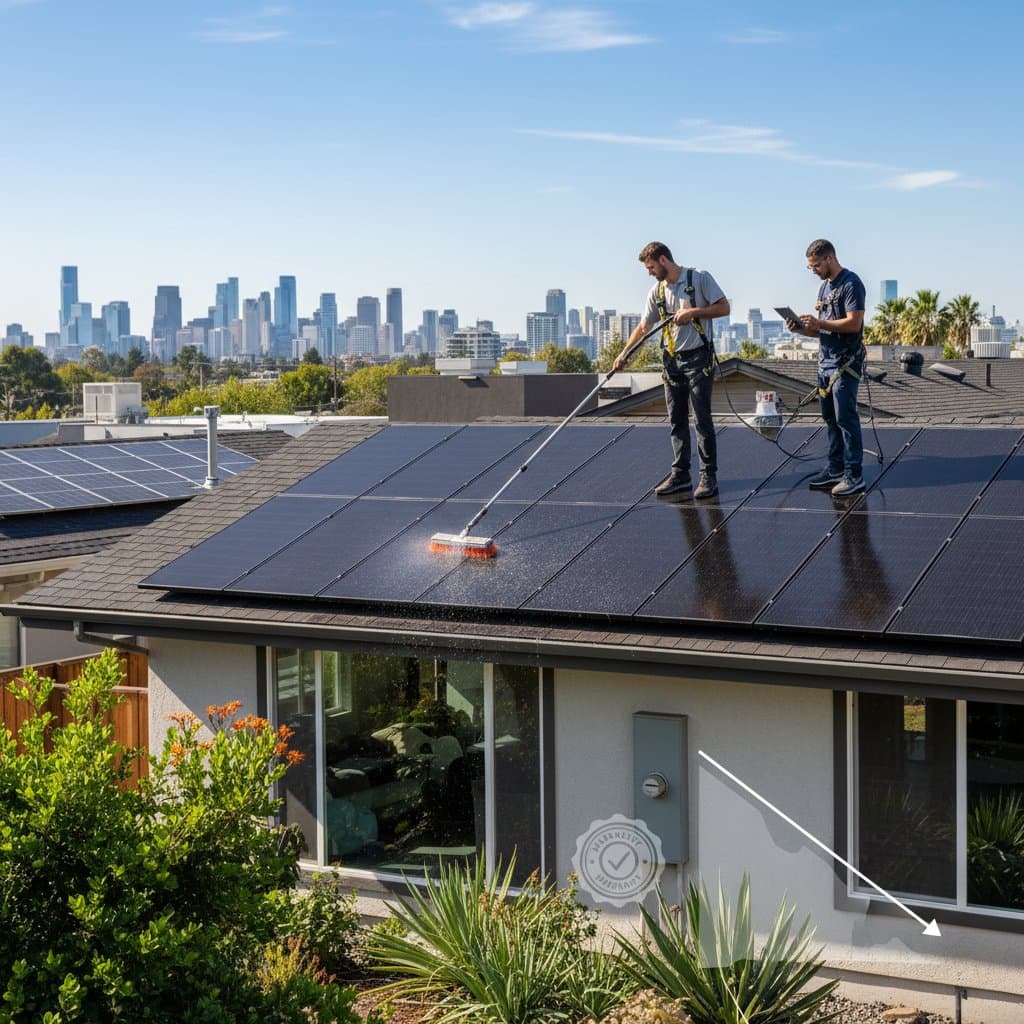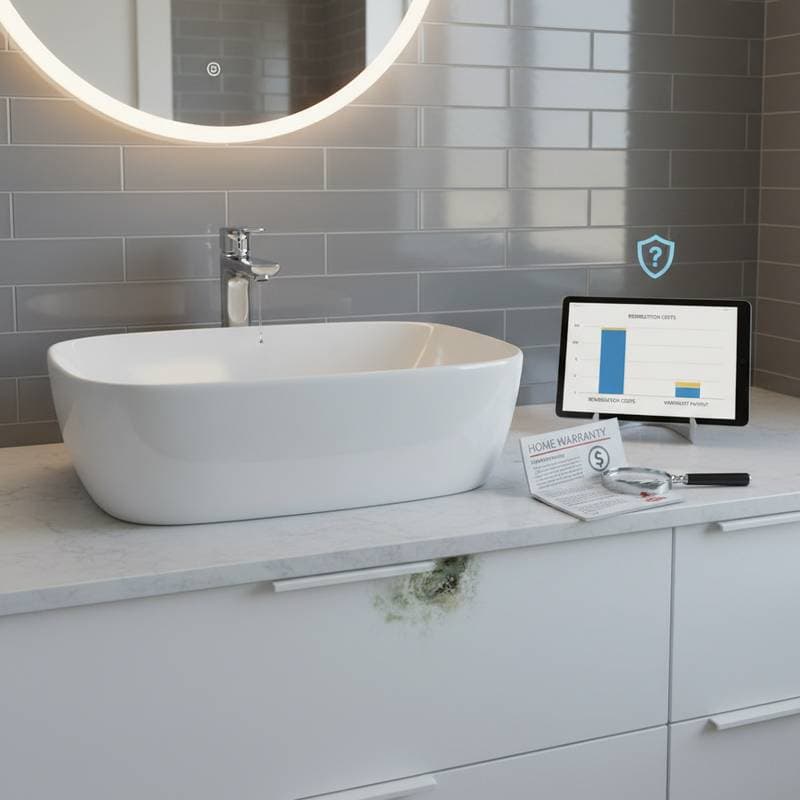Understanding Granny Pods and Their Rising Popularity
Granny pods represent an innovative solution for multigenerational living. These compact, self-contained units, often installed in backyards, provide independent space for aging family members while keeping them close to support networks. As housing costs climb and families seek affordable care options, interest in granny pods surges, particularly with projections for 2025 showing increased adoption.
The appeal lies in their flexibility. Units range from simple prefab models to custom builds, accommodating various budgets and lifestyles. However, navigating the process requires attention to details like site preparation and regulatory compliance to avoid unexpected hurdles.
Total Costs for Building a Granny Pod in 2025
Estimates for constructing a granny pod in 2025 fall between $65,000 and $175,000, depending on size, features, and location. Basic models, around 300 to 500 square feet, start at the lower end with essential amenities like a bedroom, bathroom, and kitchenette. Larger or customized versions, including accessibility modifications such as ramps and wider doorways, push costs higher.
Factors influencing the base price include material choices and installation methods. Prefab options arrive nearly complete, reducing labor expenses, while site-built units allow for personalization but increase timelines and fees. Utilities connection, such as electricity and plumbing, adds another layer of expense, often $10,000 to $20,000 based on existing infrastructure.
The Impact of Permits and Zoning on Your Budget
Permits and zoning requirements can increase the overall budget by 10 to 25 percent. Local regulations vary widely, with urban areas imposing stricter rules than rural ones. For instance, setback distances from property lines might require additional landscaping or repositioning, incurring extra costs.
Zoning laws dictate where and how granny pods can be placed. Some municipalities classify them as accessory dwelling units (ADUs), subject to height limits, lot coverage percentages, and occupancy restrictions. Obtaining approvals involves submitting site plans, architectural drawings, and environmental assessments, which may cost $2,000 to $5,000 in fees alone.
Delays from permit reviews extend project timelines, leading to holding costs for materials or temporary housing. In high-demand areas, expedited processing options exist but add premium fees. Early consultation with local planning departments helps identify these requirements and budget accordingly.
Key Zoning Rules to Navigate
Zoning compliance forms the foundation of a successful granny pod project. Most areas require the unit to serve family members only, prohibiting rental use without special variances. Lot size minimums, often 7,500 square feet or more, ensure adequate space for both the primary home and the pod.
Environmental considerations play a role too. Flood zones or protected wetlands may necessitate elevated foundations or alternative sites, raising engineering costs. Noise ordinances and aesthetic guidelines, such as matching the main home's exterior, influence design choices and material selections.
Variances offer flexibility when standard rules do not fit. These legal exceptions require public hearings and justification, such as demonstrating the pod's benefit to family caregiving. Success rates improve with professional assistance from architects or land-use attorneys.
Permit Application Process Step by Step
-
Research local ordinances through your city's planning website or office to confirm granny pod eligibility.
-
Hire a licensed architect or builder to draft plans that meet building codes, including structural integrity and energy efficiency standards.
-
Submit the application package, comprising site surveys, utility schematics, and impact statements, to the relevant department.
-
Attend any required hearings or inspections, addressing feedback promptly to avoid resubmission fees.
-
Secure final approvals and building permits before construction begins, ensuring all subcontractors hold valid licenses.
This structured approach minimizes errors and streamlines approvals, typically taking 4 to 12 weeks.
Budgeting Strategies to Offset Permit Expenses
Smart budgeting starts with a detailed cost breakdown. Allocate 15 percent of the total for regulatory hurdles, covering application fees, surveys, and potential variances. Contingency funds of 10 percent handle surprises like soil testing for unstable ground.
Explore incentives to reduce outlays. Some regions offer grants or tax credits for aging-in-place modifications, particularly if the pod includes eco-friendly features like solar panels. Prefab manufacturers often bundle permit assistance, simplifying paperwork for a modest upcharge.
Compare quotes from multiple contractors experienced in ADUs. Their insights into local rules can prevent oversights, such as overlooked septic system upgrades in areas without sewer access. Tracking expenses with spreadsheets ensures alignment with the initial plan.
Utility Connections and Site Preparation Essentials
Site access determines much of the preparatory work. Uneven terrain may require grading or retaining walls, costing $5,000 to $15,000. Proximity to existing utilities influences hookup feasibility; distant lines demand trenching and extensions.
Plumbing and electrical integrations follow permit guidelines. Septic systems, where needed, add $10,000 to $25,000, including percolation tests. Internet and HVAC setups enhance livability but require separate approvals in some jurisdictions.
Professional surveys verify property boundaries and easements, avoiding disputes with neighbors. These steps, though upfront investments, safeguard against rework and legal issues down the line.
Choosing Between Prefab and Custom Builds
Prefab granny pods offer speed and affordability, with delivery and setup in weeks rather than months. Models from reputable suppliers comply with national standards, easing local adaptations. Costs hover around $80,000 installed, excluding site work.
Custom builds suit unique needs, such as integrating smart home technology or therapeutic spaces. They demand longer lead times and higher prices, starting at $120,000, but provide tailored comfort. Both paths benefit from early regulatory checks to align designs with approvals.
Ensuring Safety and Comfort in Your Granny Pod
Safety features elevate the unit beyond basic shelter. Non-slip flooring, emergency call systems, and natural lighting address common aging concerns. Compliance with ADA guidelines, even if not mandated, promotes accessibility and reduces liability.
Comfort extends to insulation for climate control and soundproofing for privacy. Selecting durable, low-maintenance materials withstands daily use. These elements, integrated during planning, enhance quality of life without inflating budgets excessively.
Planning Ahead for a Seamless Project
Thorough preparation transforms challenges into opportunities. Engage stakeholders early, from family members to local officials, to align expectations. Document every step, from initial consultations to final walkthroughs, for reference and dispute resolution.
By anticipating permit impacts and zoning nuances, families realize the full potential of granny pods. This approach not only controls costs but also fosters secure, connected living arrangements that support independence and family bonds.



